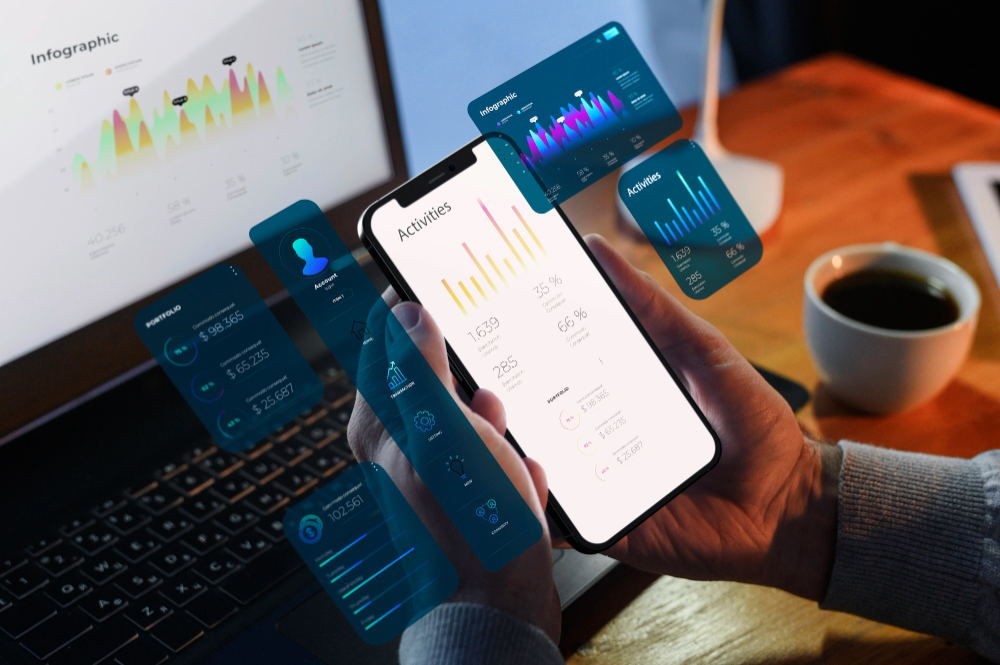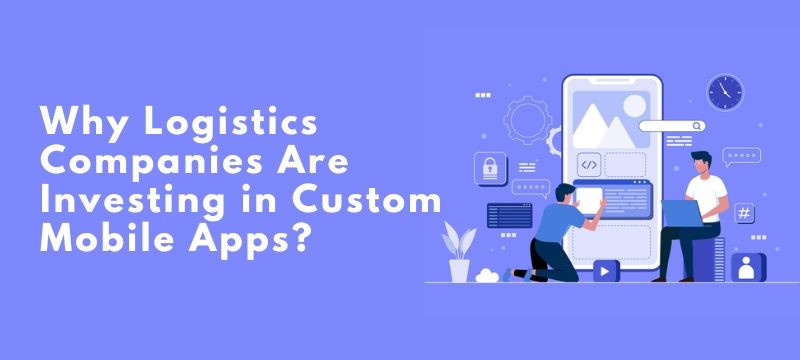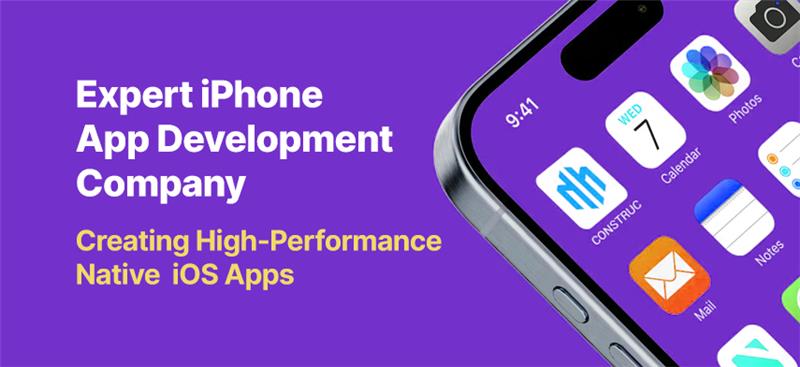Navigating Fintech App Development Cost: A Comprehensive Guide

In today’s digital age, financial technology (fintech) has revolutionized the way we manage and conduct financial transactions. Fintech apps have become increasingly popular, offering users convenience, security, and accessibility. However, one crucial aspect that often arises during the development phase is the fintech app development cost. In this guide, we’ll explore the various factors that influence the cost of developing a fintech app, empowering you to navigate this essential aspect of app development effectively.
Understanding Fintech App Development Cost
The cost of developing a fintech app can vary significantly based on several factors, including the app’s complexity, features, security requirements, compliance regulations, platform compatibility, and development team’s expertise. It’s essential to consider these factors carefully to determine a realistic budget for your fintech app project.
Factors Influencing Fintech App Development Cost
- App Complexity: The complexity of your fintech app, including the number of features, user roles, integration with financial APIs or third-party services, and compliance requirements, significantly impacts development costs. Basic apps with limited functionality will cost less than complex, feature-rich applications.
- Security and Compliance: Fintech apps deal with sensitive financial data and must comply with strict security standards and regulations, such as PCI DSS, GDPR, and PSD2. Implementing robust security measures and ensuring compliance add complexity and may increase development costs.
- Platform Compatibility: Deciding whether to develop your fintech app for a single platform (iOS or Android) or multiple platforms (cross-platform development) affects development costs. Cross-platform development typically requires additional effort and resources compared to platform-specific development.
- Design Requirements: The app’s user interface (UI) and user experience (UX) design play a crucial role in its success. Customized and visually appealing designs may incur higher costs compared to standard or template-based designs.
- Integration with Financial Institutions: If your fintech app requires integration with banking systems, payment gateways, or other financial institutions, additional development effort and costs may be involved. These integrations often require thorough testing and compliance with industry standards.
- Data Encryption and Protection: Implementing data encryption, secure authentication mechanisms, and fraud detection algorithms to safeguard sensitive financial information adds complexity and may increase development costs.
Estimating Fintech App Development Cost
1. Define Your Requirements
Start by clearly defining your fintech app’s objectives, target audience, features, security requirements, and compliance regulations. Create a detailed list of requirements to guide the development process and accurately estimate costs.
2. Research Development Partners
Research and evaluate potential development partners, including fintech-focused software development agencies, fintech experts, and experienced developers. Consider their expertise, portfolio, reputation, and pricing models.
3. Request Quotes and Proposals
Reach out to selected development partners and request quotes or proposals based on your requirements. Ensure that quotes include a breakdown of costs, such as design, development, testing, security measures, compliance, and any additional services.
4. Consider Total Cost of Ownership (TCO)
In addition to upfront development costs, consider the app’s total cost of ownership, including ongoing maintenance, updates, security monitoring, compliance audits, hosting fees, and support services.
5. Factor in Contingency
Include a contingency buffer in your budget to account for unforeseen expenses, scope changes, or additional requirements that may arise during the development process or after the app’s launch.
Strategies to Reduce Fintech App Development Cost
- Minimum Viable Product (MVP): Start with a minimum viable product (MVP) containing essential features to validate your fintech app idea and reduce initial development costs. You can then iterate and add more features based on user feedback and market demand.
- Third-Party Integrations: Consider leveraging existing third-party services, APIs, or fintech platforms to expedite development and reduce costs. However, ensure compatibility, reliability, and security when integrating third-party solutions.
- Compliance Frameworks: Use pre-built compliance frameworks, libraries, or SDKs to streamline regulatory compliance processes and reduce development effort and costs. These frameworks help ensure adherence to industry standards and regulations without reinventing the wheel.
- Open-Source Solutions: Leverage open-source libraries, frameworks, and tools to accelerate development, enhance security, and reduce costs. However, ensure proper licensing, code review, and security assessments when using open-source components.
Conclusion
Fintech app development cost is a critical consideration for anyone embarking on the journey of creating a fintech app. By understanding the factors influencing development costs, estimating expenses accurately, and adopting cost-saving strategies, you can effectively manage your budget and maximize the return on investment (ROI) of your fintech app project.
Remember that fintech app development cost is not just about finding the lowest price but also ensuring quality, security, compliance, and alignment with your objectives and requirements. Invest wisely in your fintech app to create a valuable financial solution for your users while staying within your budget constraints. With careful planning and execution, you can bring your fintech app vision to life and make a meaningful impact in the world of finance.






